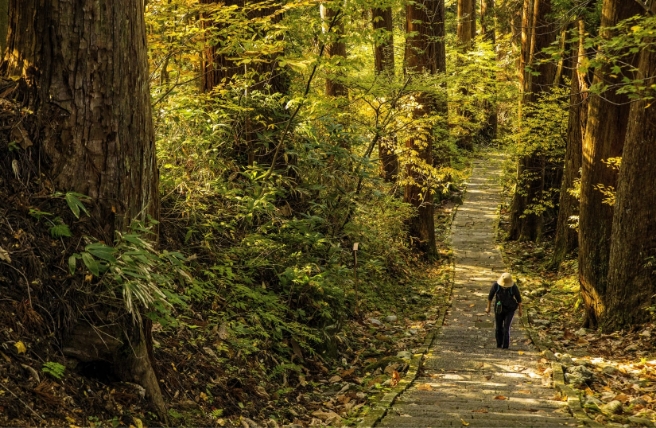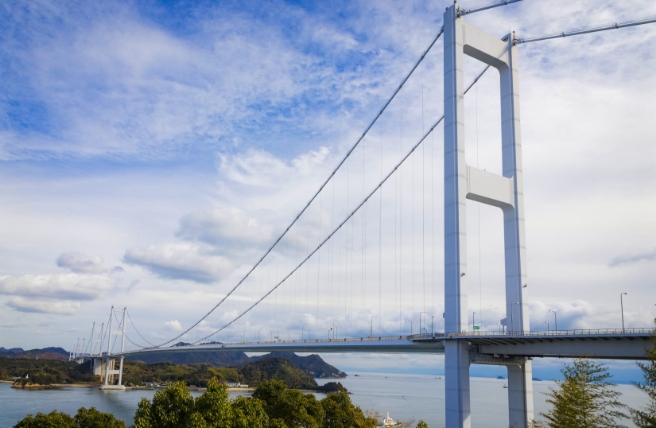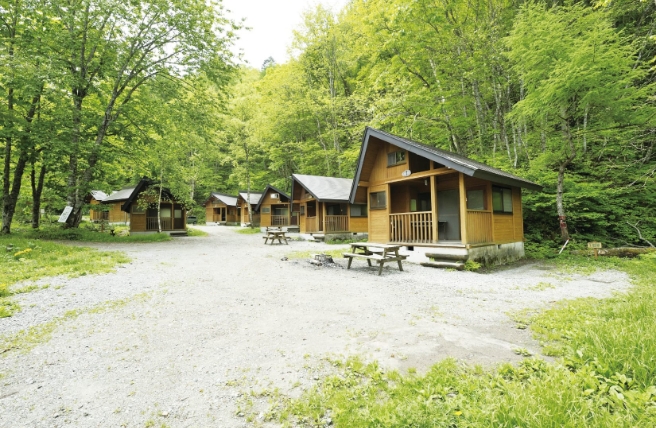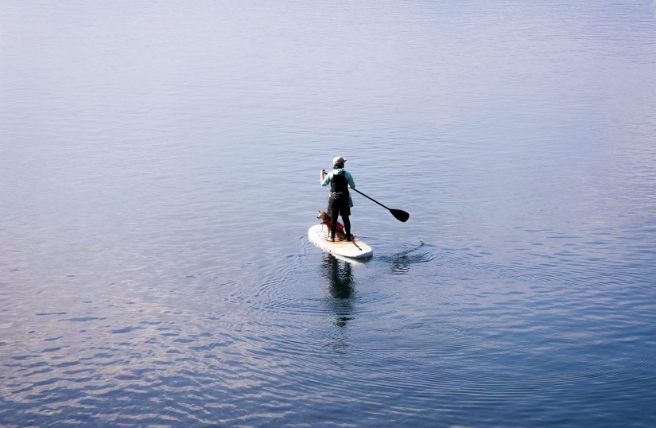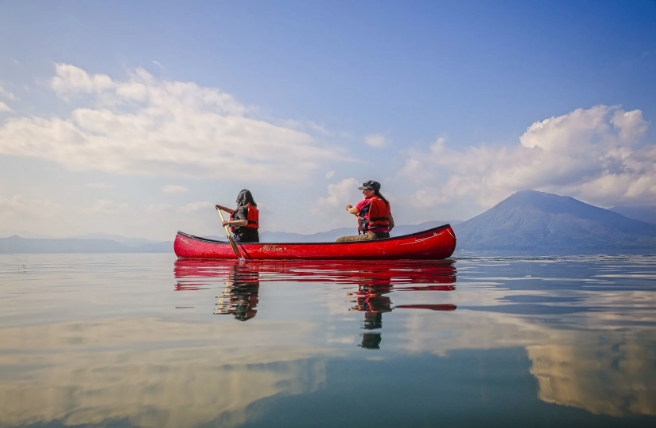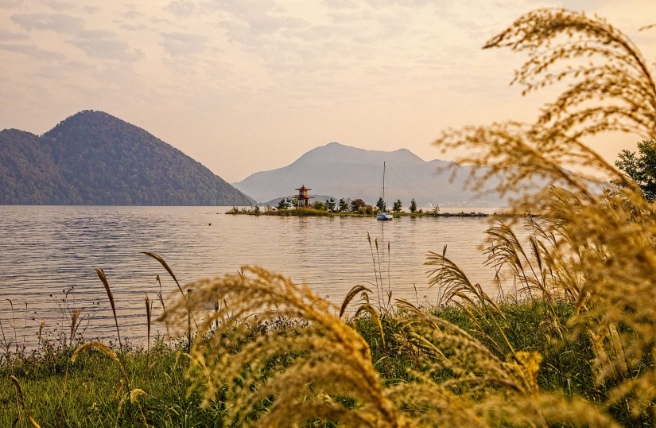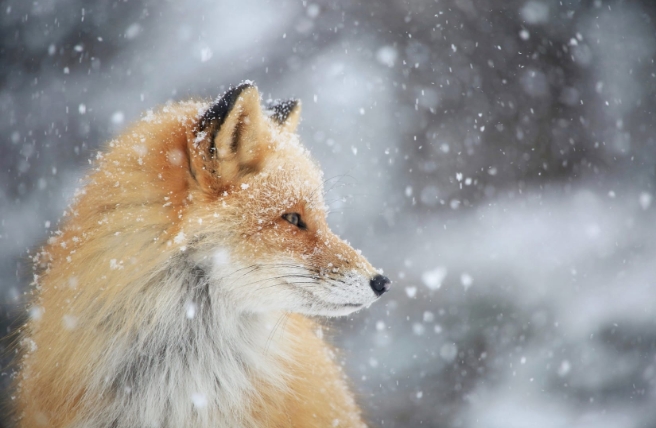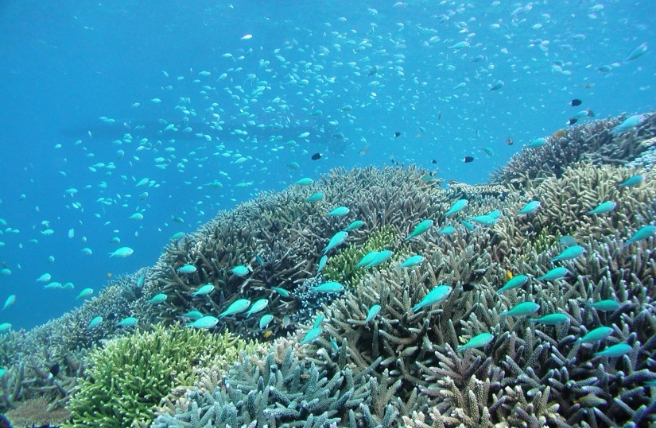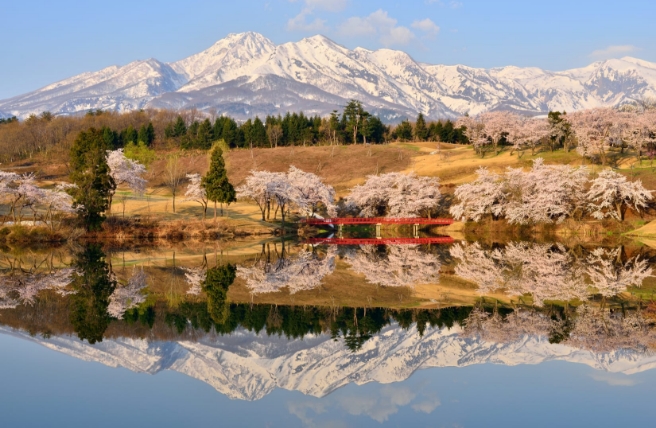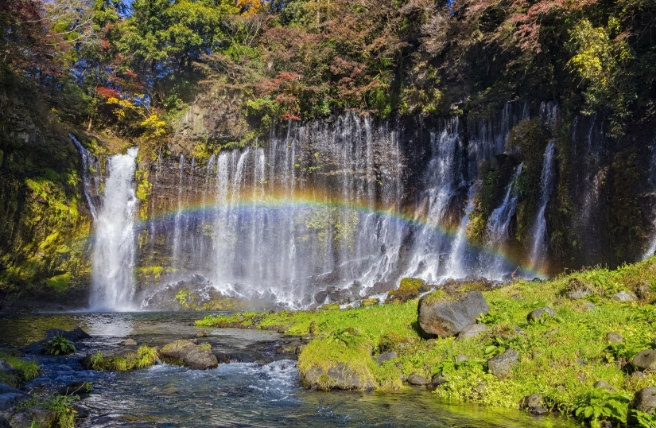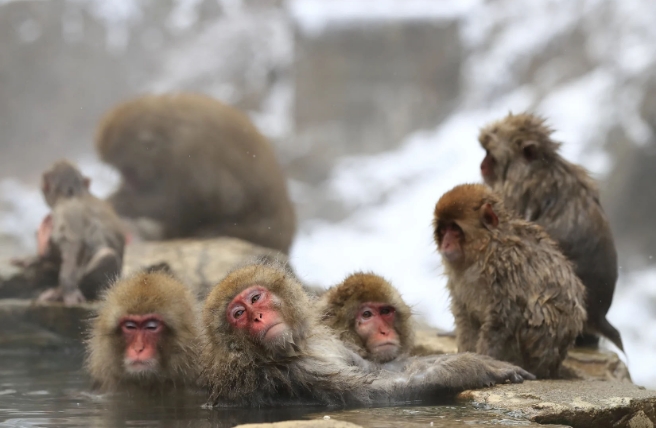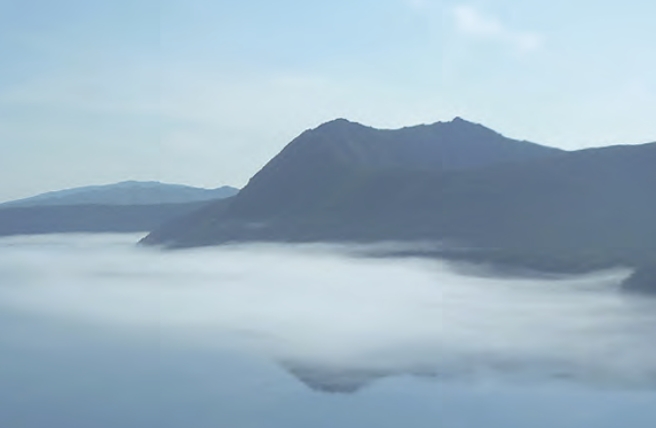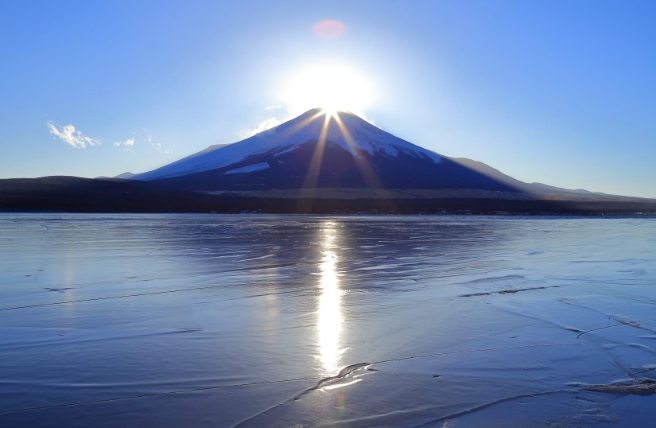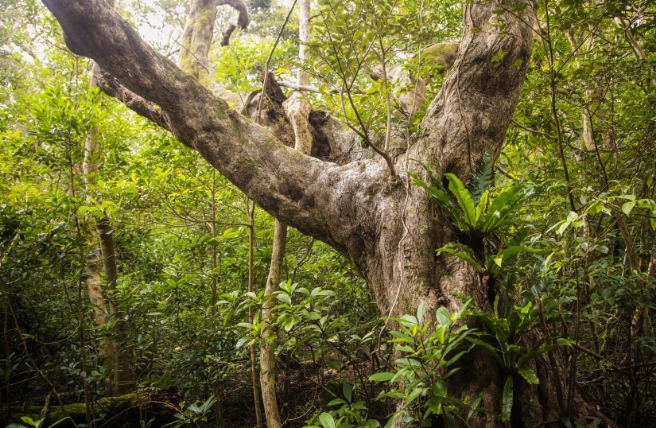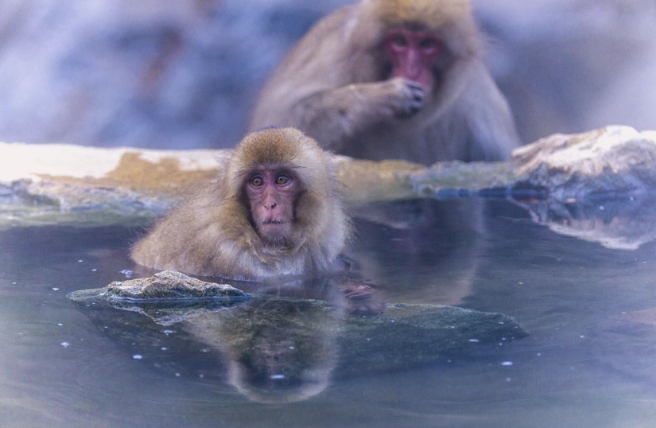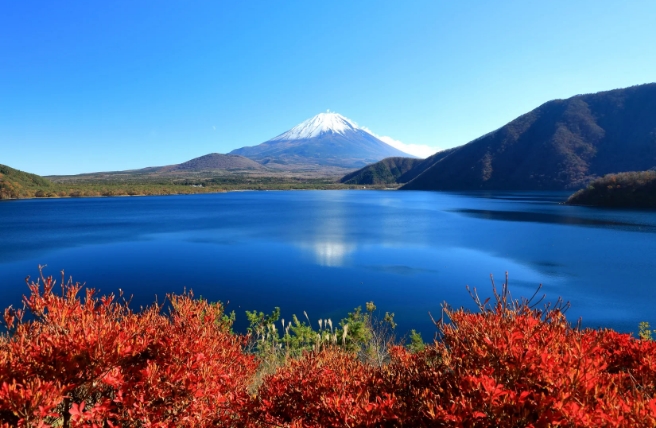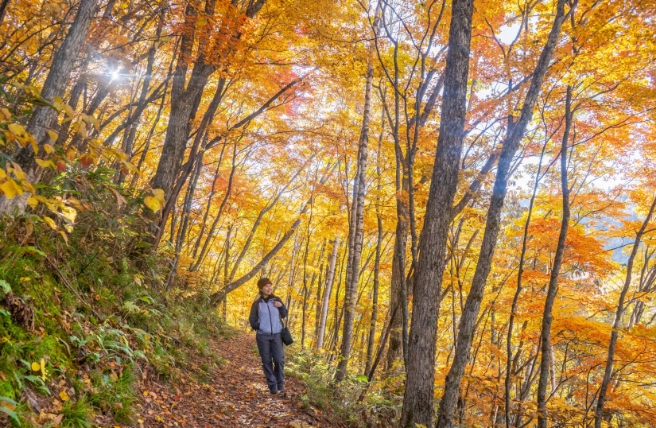This national park covers an area from the coast to the inland. With significant differences in elevation and running a great distance from north to south, it provides an environment rich in biodiversity. Alpine vegetation grows along the main ridgeline, and it has meadows filled with a diversity of alpine plants, especially around its cirque terrain. The ancient origins of the range and its unique topography and geology have influenced its natural environment, with alpine plant species such as Hidaka genge (Oxytropis kudoana) and Hidaka kinbaiso (Trollius riederianus var.citrinus), which are endemic to these mountains. Apart from these, a little bit away from the main ridge, Mount Apoi (elevation 810 m) has endemic and rare, isolated species that bear its name.
There is also a diversity of fauna, with many large mammals such as brown bears and Ezo deer that live mainly at the foot of the mountain. The Ezo pika, said to be an Ice Age relict species, is also present at low elevations in the southern part of the range. The Cape Erimo coast is home to marine mammals such as harbor seals, demonstrating the richness of the sea there.
